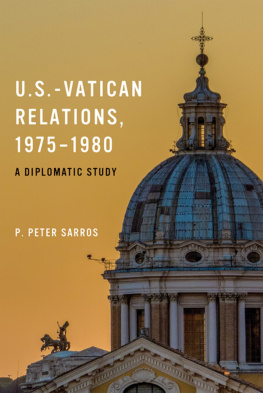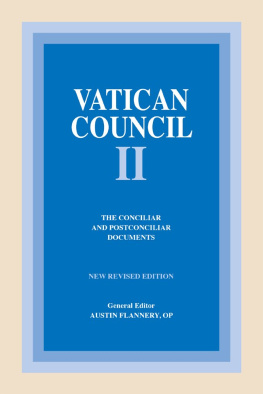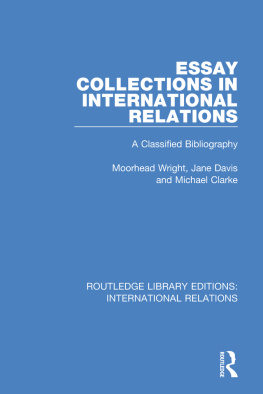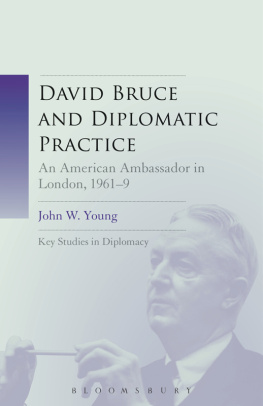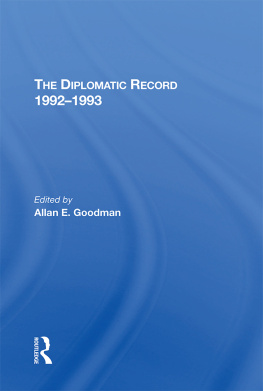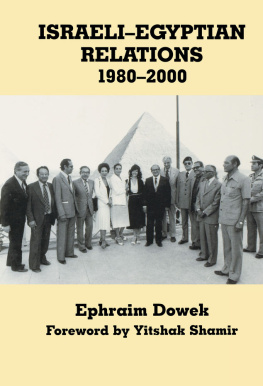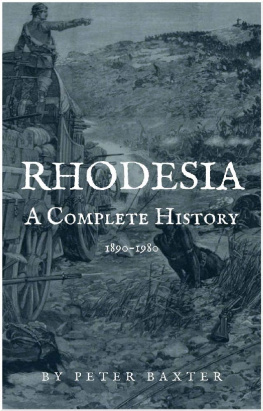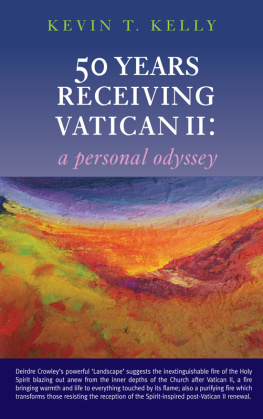
ADST-DACOR DIPLOMATS AND DIPLOMACY SERIES
Series Editor: MARGERY BOICHEL THOMPSON
Since 1776, extraordinary men and women have represented the United States abroad under widely varying circumstances. What they did and how and why they did it remain little known to their compatriots. In 1995, the Association for Diplomatic Studies and Training (ADST) and DACOR, an organization of foreign affairs professionals, created the Diplomats and Diplomacy book series to increase public knowledge and appreciation of the professionalism of American diplomats and their involvement in world history. In this 67th series volume, PETER SARROS shows how the United States and the Vatican worked quietly together behind the scenes in a turbulent period to influence the international response to major issues of the time.
SOME OTHER SERIES TITLES
HERMAN J. COHEN, Intervening in Africa:Superpower Peacemaking in a Troubled Continent
PETER D. EICHER, Raising the Flag: Adventures of Americas First Envoys in Faraway Lands
BRANDON GROVE, Behind Embassy Walls: The Life and Times of an American Diplomat
CAMERON R. HUME, Mission to Algiers:Diplomacy by Engagement
DENNIS C. JETT, American Ambassadors:The Past, Present, and Future of Americas Diplomats
RODGER MCDANIEL, In the Eye of the Storm:The Life and Times ofU.S. Senator Gale McGee
WILLIAM MORGAN and C. STUART KENNEDY, American Diplomats:The Foreign Service at Work
DAVID D. NEWSOM, Witness to a Changing World
DAVID RAWSON, Prelude to Genocide: Arusha, Rwanda, and the Failure of Diplomacy
RAYMOND F. SMITH, The Craft of Political Analysis for Diplomats
JEAN WILKOWSKI, Abroad for Her Country: Tales of a Pioneer Woman Ambassador in the U.S. Foreign Service
For a complete list of series titles, visit adst.org/publications.
Copyright 2020 by University of Notre Dame
Notre Dame, Indiana 46556
undpress.nd.edu
All Rights Reserved
Manufactured in the United States of America
Library of Congress Control Number: 2019952798
ISBN-13: 978-0-268-10681-2 (Hardback)
ISBN: 978-0-268-10684-3 (WebPDF)
ISBN: 978-0-268-10683-6 (Epub)
The opinions and characterizations in this book are those of the author and do not necessarily represent official positions of the United States government, the Association for Diplomatic Studies and Training, or DACOR.
This e-Book was converted from the original source file by a third-party vendor. Readers who notice any formatting, textual, or readability issues are encouraged to contact the publisher at
PREFACE
This book recounts U.S. diplomatic efforts to enlist the power of the pope and Vatican diplomacy in support of U.S. foreign policy objectives from 1975 to 1980. I describe and analyze, by firsthand observations, eleven specific diplomatic encounters. These engagements were conducted by the U.S. special mission to the Vatican, using extensive exchanges of information and numerous official consultations with the pope and senior Vatican officials.
The study focuses on diplomatic activities, such as reporting, consultations, and representations, in pursuit of the presidential mandate that established the special mission to the Vatican in 1970 under Amb. Henry Cabot Lodge: The President wishes Ambassador Lodge to discuss issues on which clarification of the US position is desirable, on which Vatican support might be helpful, or on which the Vatican might be able to play a useful role. Furthermore, in describing a variety of U.S.Vatican interactions, I call attention to various perceptions and assessments of important international issues or events (e.g., dtente, balance of power, Eurocommunism, Middle East peace efforts, liberation theology).
These diplomatic encounters were significant in the context of the international relations of the period, were important to the U.S. national interest, and deserve to be more widely known by scholars and practitioners of U.S. diplomacyand by the American public. Certain chapters, such as those relating to the Vatican and Italy, Vatican Ostpolitik, Vatican participation in the Helsinki process, and liberation theology, illustrate primarily the role of the special mission in providing to the U.S. State Department and the White House political reporting based on the information gathered from Vatican sources. These chapters demonstrate the Vaticans value as a listening post, one that collects information from its vast global network, consisting of its diplomatic service, numerous religious organizations, and the stream of official and nonofficial visitors to the Vatican.
Other chapters, such as those concerning the encounters on the crises in Lebanon, Nicaragua, and El Salvador, emphasize the role of the mission as an instrument for advancing U.S. foreign policy objectives by convincing the pope and the Vatican to undertake convergent or parallel public or diplomatic policies on international issues of importance to the president and the secretary of state.
Chapter 7, relating to the return of the crown of St. Stephen to Hungary in 1977, in the first year of the Carter presidency, deals with the important role the Vatican played in the administrations major initiative towards Eastern Europe. The account of this episode in U.S.Vatican relations illustrates the missions usefulness to the president on an issue at the intersection of domestic politics and foreign policy. It demonstrates how the president increasingly used the mission to enlist the Vaticans help in diminishing domestic political opposition to the return of the crown, an important foreign policy initiative of the Carter administration.
The chapters concerning the Beagle Channel mediation, the Iran hostage crisis, Middle East peace efforts, the neutron bomb, and NATO modernization chronicle the dmarches made at the express request of the president and the secretary of state to enlist the popes enormous power to influence the course of international relations on strategic matters of peace and war.
The chapters on the Iran hostage crisis and the crises in Nicaragua and El Salvador also illustrate the limits of papal power and Vatican diplomacy. In the Iran case, a non-Western, non-Christian nation essentially ignored the popes appeal for the release of the hostages. In the Central American case, papal power and diplomacy were buffeted by internal discord within the Catholic Church. This episode highlights an interesting and important contrast to other U.S.Vatican encounters. In the Central America of the late 1970s, the Vatican had limited control or even influence over its clergy, including bishops, archbishops, and religious orders, such as the Jesuits. Although the senior Vatican officials agreed with U.S. positions supporting moderate forces, ideological and political divisions within the Church over liberation theology made it difficult for the Vatican to provide significant assistance.
Our consultations in several encounters, especially those on the Beagle Channel, the EgyptIsrael Peace Treaty, the crises in Nicaragua and El Salvador, and the Iran hostage crisis, took place in a context unique in several respects. In the first place, they were conducted during a new papacy (John Paul II) and by a new special envoy (Amb. Robert F. Wagner), with an expanded presidential mandate. Third, they were strongly reinforced by high-level attention, including direct participation by the president, the secretary of state, and other senior U.S. officials. The president, for example, had a wide-ranging exchange of views with John Paul II during their meetings at the White House in November 1979 and at the Vatican in June 1980. Secretary of State Cyrus Vance had three personal encounters with Vatican Foreign Minister Casaroli: two in Washington (in January 1978 and November 1979) and one at the Vatican (May 1979). Vance also met John Paul II in May 1979 at the Vatican, when he became convinced that the pope was extremely well informed about world affairs, energetic and anxious to be helpful on key issues of importance to us. These high-level contacts strongly reinforced the missions consultations at the Vatican and contributed greatly to our ability to obtain desirable, parallel Vatican public or diplomatic action in support of U.S. diplomatic efforts on important international issues.
 ADST-DACOR DIPLOMATS AND DIPLOMACY SERIES
ADST-DACOR DIPLOMATS AND DIPLOMACY SERIES
